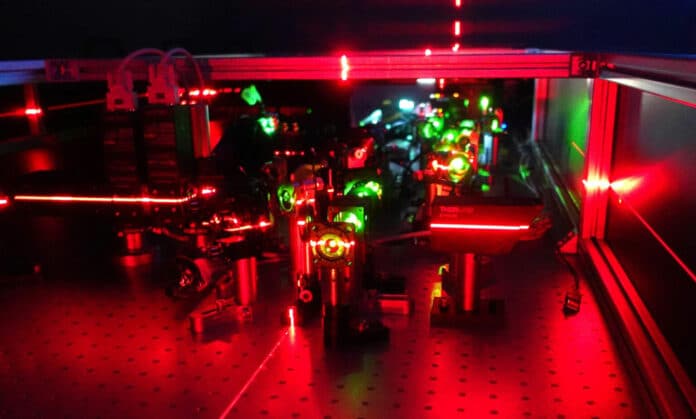Nuclear fusion, the process of combining two atomic nuclei to form a heavier one, has been touted by its supporters as a clean, abundant, and safe source of energy. Scientists have been trying to achieve fusion on Earth for a long time, but it has been challenging due to the difficulty of confining the scorching hot plasma.
One of the most promising ways to achieve controlled nuclear fusion is through tokamaks, which use magnetic fields to confine hot plasma in a donut shape.
Tokamak Energy is working on developing innovative laser measurement technology that will play a crucial role in controlling extreme conditions inside future fusion power plants and delivering clean energy to the grid.
The plasma temperatures inside a tokamak can soar up to 100 million degrees Celsius, making it essential to accurately measure the hydrogen fuel using specialist laser systems to maintain stable fusion conditions, hold density, and keep the plasma hot.
The new laser-based dispersion interferometer system is currently being tested at Tokamak Energy’s Oxford headquarters. ST40, the world record-breaking fusion machine, will benefit from this innovation later this year. It’s an essential step towards achieving fusion, a transformative source of clean and virtually limitless energy that has the potential to address climate change and contribute to a net-zero future.
“Measuring plasma density is key to our understanding and control of the fusion fuel and efficient future power plant operations. A laser beam fired through the plasma interacts with the electrons and tells us the density of the fuel, which is essential for sustained fusion conditions and delivering secure and reliable energy to the grid,” said Dr. Tadas Pyragius, Tokamak Energy plasma physicist. “The extreme conditions created by the fusion process mean we need to perfect the laser-based diagnostics technology now to move forward on our mission of delivering clean, secure, and affordable fusion energy in the 2030s.”
Tokamak Energy successfully commissioned a Thomson scattering laser diagnostic on ST40. This system provides detailed readings of plasma temperature and density at specific locations. And now, with the addition of the new dispersion interferometer system, Tokamak Energy can determine the average density across the entire plasma. This system shows promise to be suitably robust and reliable in future power plant environments.
Private companies have come into the field of fusion energy. ST40 is the first privately owned fusion machine to reach a 100 million degrees Celsius plasma ion temperature. It also achieved the highest triple product by a private company. Triple product is a widely recognized industry measure of plasma density, temperature, and confinement, collectively a key measure of progress on the path to realizing commercial fusion conditions.
After breaking the records in 2022, ST40 underwent several hardware upgrades to improve its power supplies and diagnostic systems. The company’s focus shifted towards refining plasma scenarios in a high-field spherical tokamak to better understand the fusion process. Recently, Tokamak Energy commissioned a Thomson scattering laser diagnostic on ST40 to get more detailed plasma temperature and density readings.
The ST40 is currently undergoing further upgrades and maintenance before it can resume operations. Despite this, the company is optimistic about achieving commercial fusion energy delivery in the 2030s.
